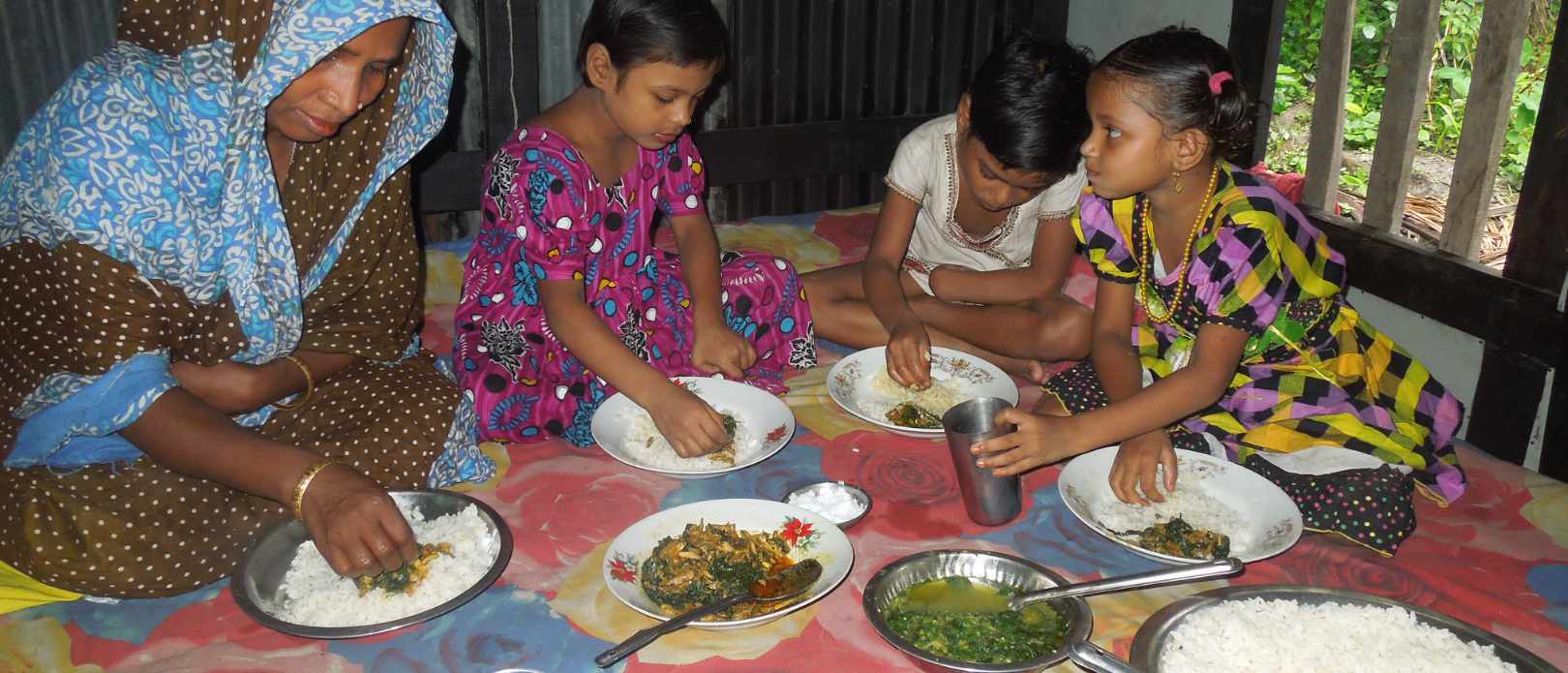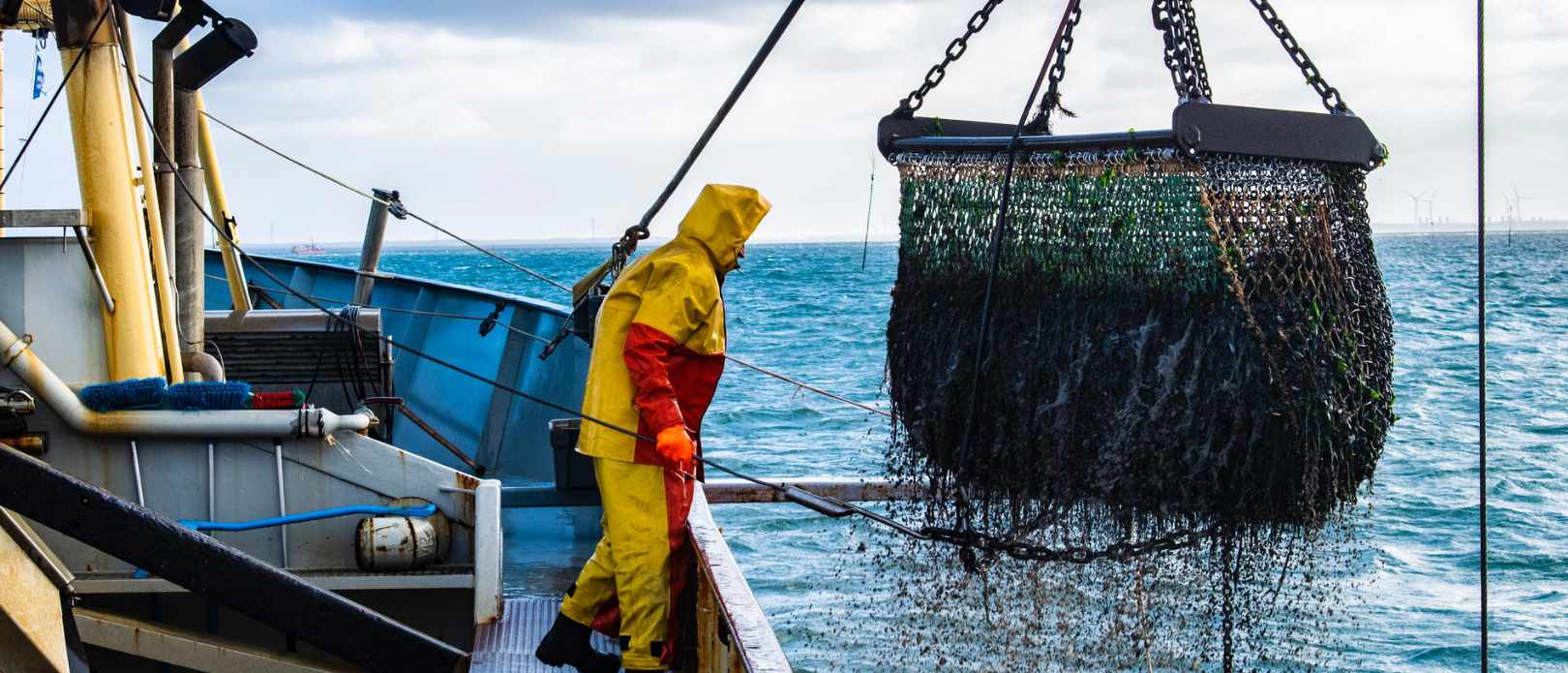BLUE FOOD
More affordable aquatic foods could prevent 166 million micronutrient deficiencies worldwide
For the first time, the nutritional benefits of thousands of marine and freshwater species have been profiled in a new study
- Study highlights several ways in which aquatic foods improve human health
- Aquatic foods offer the chance for developing countries to improve their diets without suffering the negative health risks associated with the meat-intensive diets of more affluent countries
- The findings are based on data from the Aquatic Foods Composition Database (AFCD), the most comprehensive global database of its kind
EAT YOUR FISH: Some 166 million micronutrient deficiencies could be averted by 2030 if the global production of marine and freshwater foods is increased by 15.5 million tons (8%), new research has found.
The study, highlighted several ways in which aquatic foods improve human health, including reducing micronutrient deficiencies and offering alternatives to red and processed meat, which are often associated with non-communicable disease.
The paper, Aquatic foods to nourish nations, is one of five initial scientific papers for the Blue Food Assessment.
See overview of all five papers at the bottom of the article.
The research found that an increase in the sustainable production of aquatic foods through investments in aquaculture and improved fisheries management would lead to a decrease in prices by 26 per cent, making fish and seafood more affordable for low-income populations around the world.
We live in a deeply malnourished world, with billions of people suffering from micronutrient deficiencies and diet-related chronic diseases.
Christopher Golden, lead author, Assistant Professor of Nutrition and Planetary Health at Harvard Chan School of Public Health
Pathway for equity
Aquatic foods offer the chance for developing countries to improve their diets without suffering the negative health risks associated with the meat-intensive diets of more affluent countries, the authors said.
“Aquatic foods can provide a potential pathway for nutritional equity,” said Zachary Koehn, Early Career Fellow at the Center for Ocean Solutions, Stanford University.
“Policymakers and development stakeholders should leverage the availability of culturally appropriate and sustainably produced aquatic foods to reduce food insecurity and tackle malnutrition.”
The findings are based on data from the Aquatic Foods Composition Database (AFCD), which was developed to increase understanding of the potential nutritional benefits of aquatic foods. It is now the most comprehensive global database of its kind, profiling 3,753 aquatic food species and hundreds of nutrients, with important implications for nutrition and fishery management policies across the world.
“For the first time, our study highlights the significant role of aquatic foods in meeting the dietary needs of nutritionally vulnerable populations, while also mitigating chronic diseases by weaning people away from red and processed meats,” Golden added.
Summary of science papers
Food security for millions undermined by lack of policy support for small-scale fisheries and aquaculture
A new paper highlights the important role of small-scale fisheries and aquaculture in supporting livelihoods worldwide and tackling some of the world’s most pressing challenges.
Aquatic foods offer great untapped potential for providing more sustainable diets
First assessment of its kind produces environmental profiles for the full range of aquatic, or blue foods, to help guide more sustainable food production and diets.
Climate change creates ‘double jeopardy’ for fish-dependent countries
A new study highlights the importance of collective action to boost resilience across all aquatic food systems to stave off the worst effects of climate change.
Global demand for aquatic foods set to nearly double by 2050
Improvements to aquaculture production, lower prices, and changing cultural preferences expected to drive up demand for fish, seafood and seaweed, according to new research.
More affordable aquatic foods could prevent 166 million micronutrient deficiencies worldwide, finds new paper
For the first time, the nutritional benefits of thousands of marine and freshwater species have been profiled in a new study.
Golden, C.D., Koehn, J.Z., Shepon, A. et al. Aquatic foods to nourish nations. Nature (2021). https://doi.org/10.1038/s41586-021-03917-1
About the Blue Food Assessment
The Blue Food Assessment (BFA) is an international joint initiative bringing together over 100 scientists from more than 25 institutions. Led by the Stockholm Resilience Centre, Stanford University, and EAT, the BFA supports decision-makers in evaluating trade-offs and implementing solutions to build healthy, equitable and sustainable food systems.
For more information about the assessment, contact:
Sturle Hauge Simonsen, head of communications, Stockholm Resilience Centre








